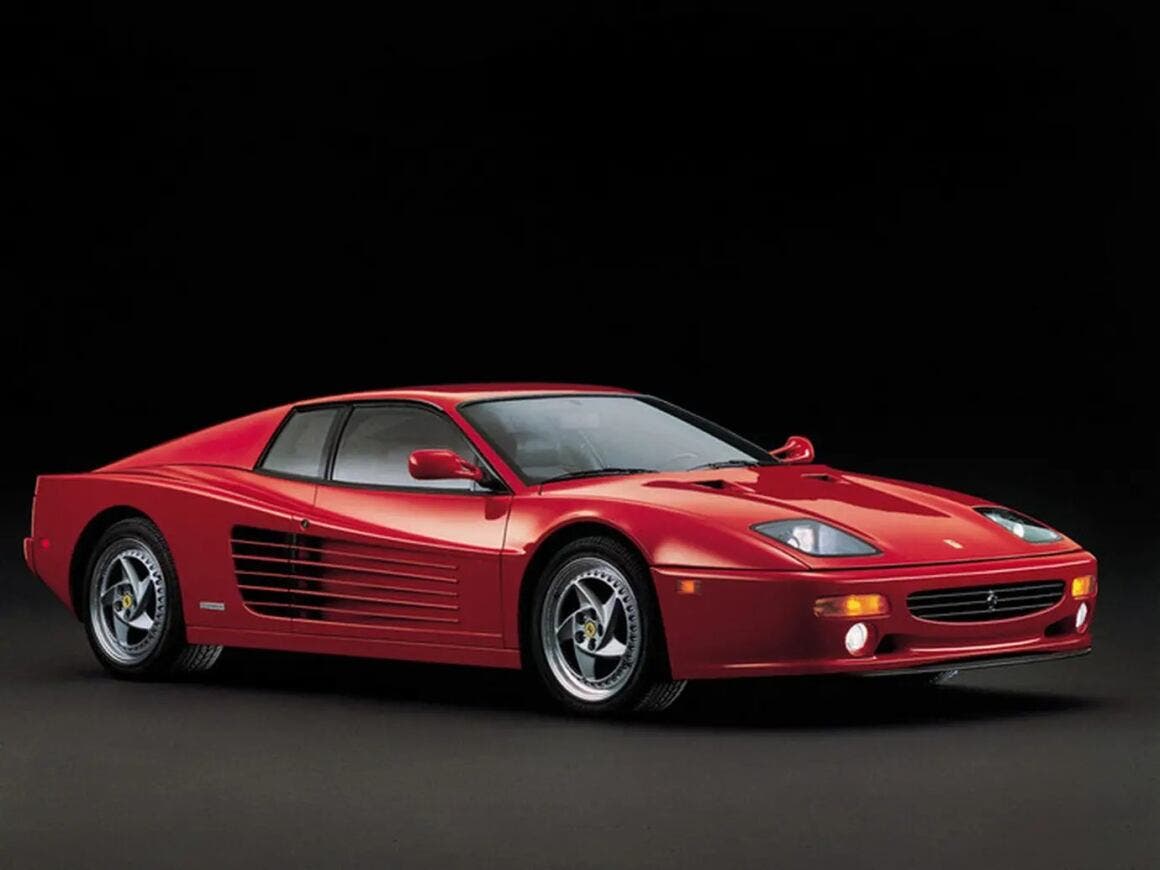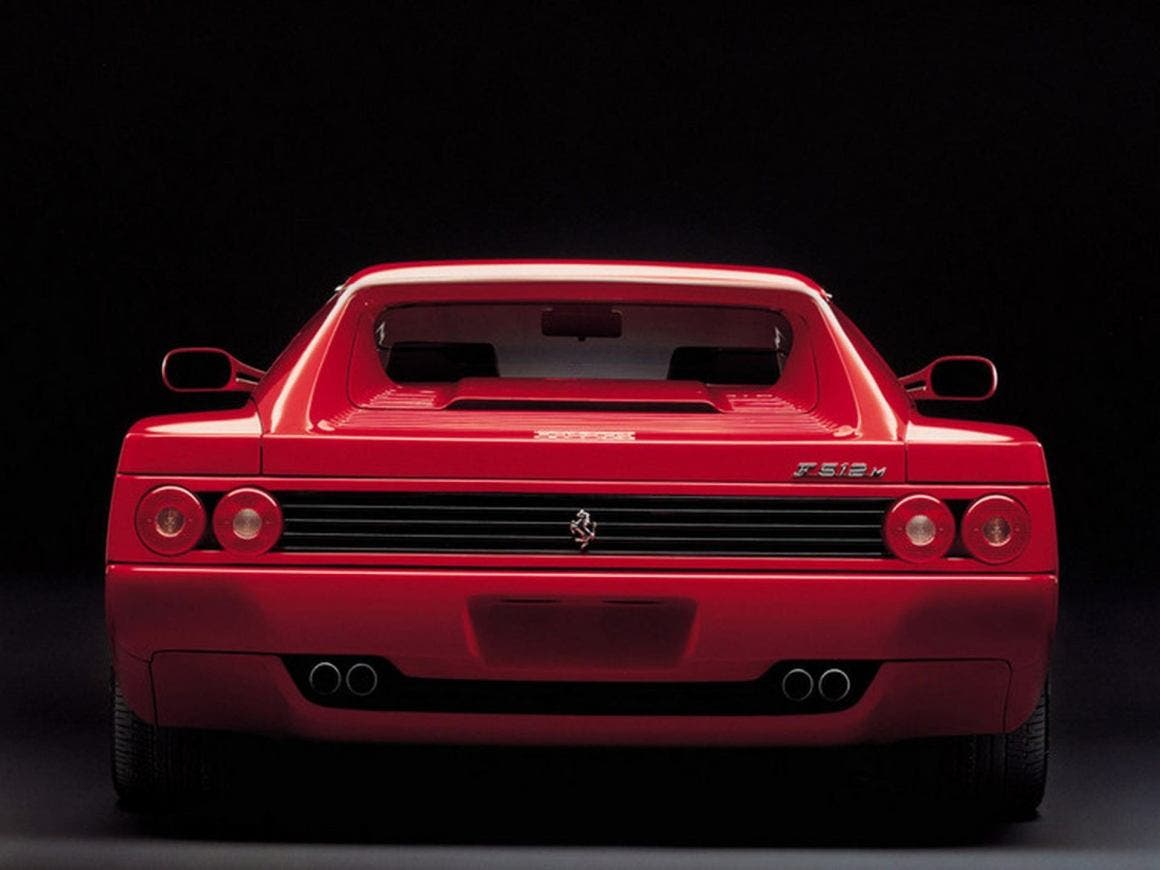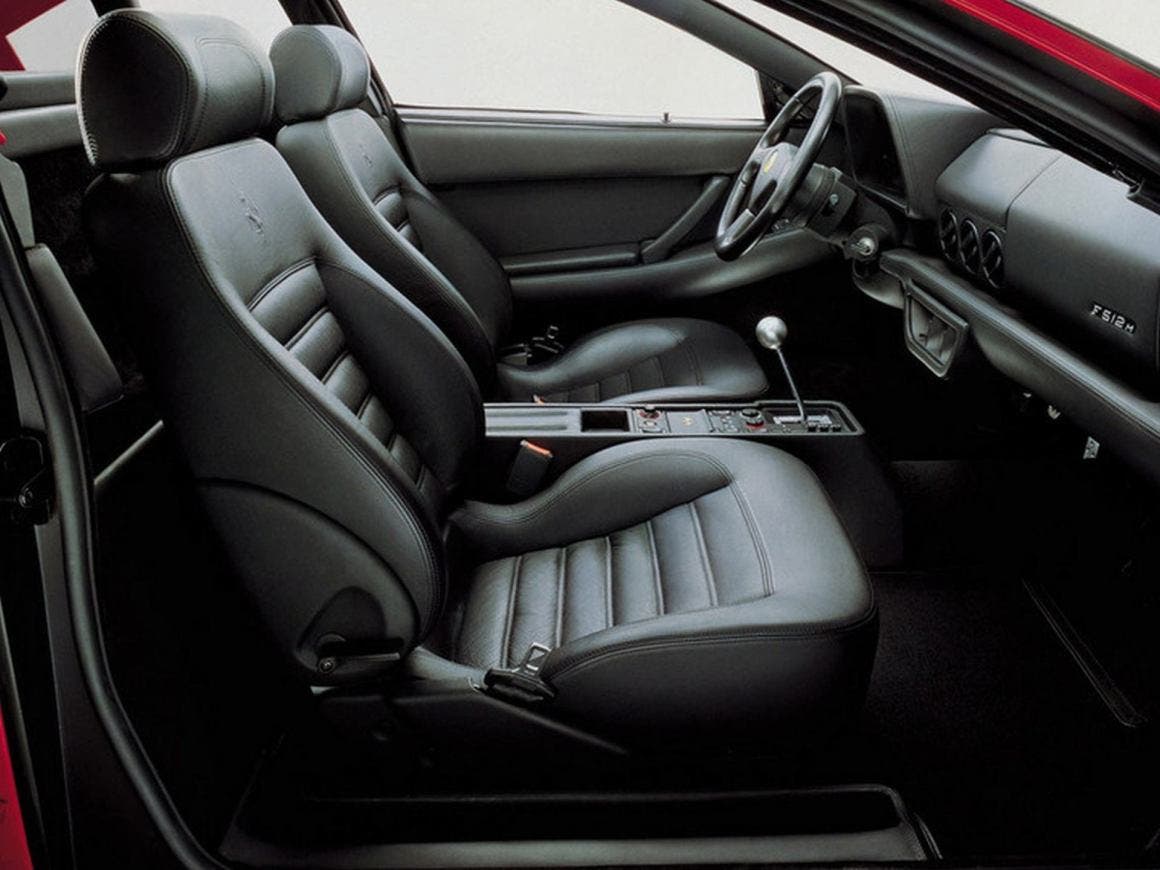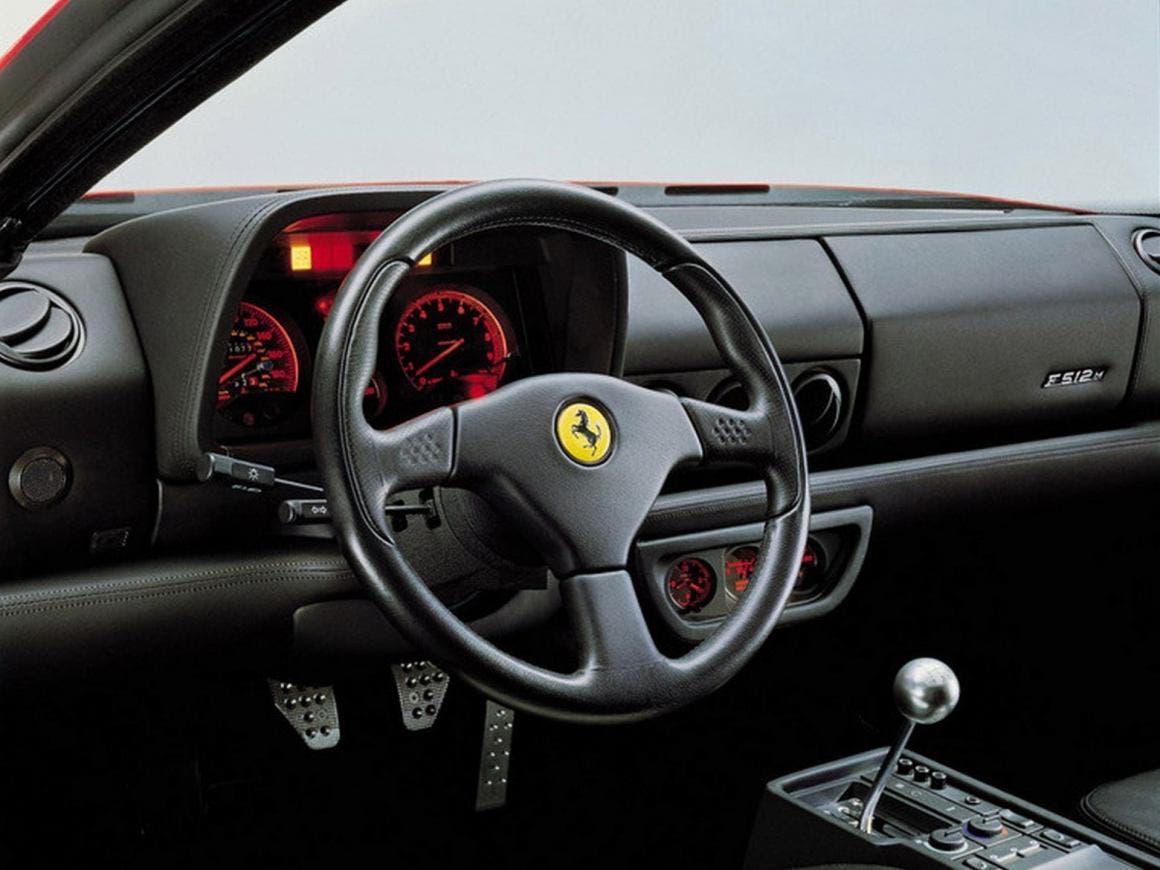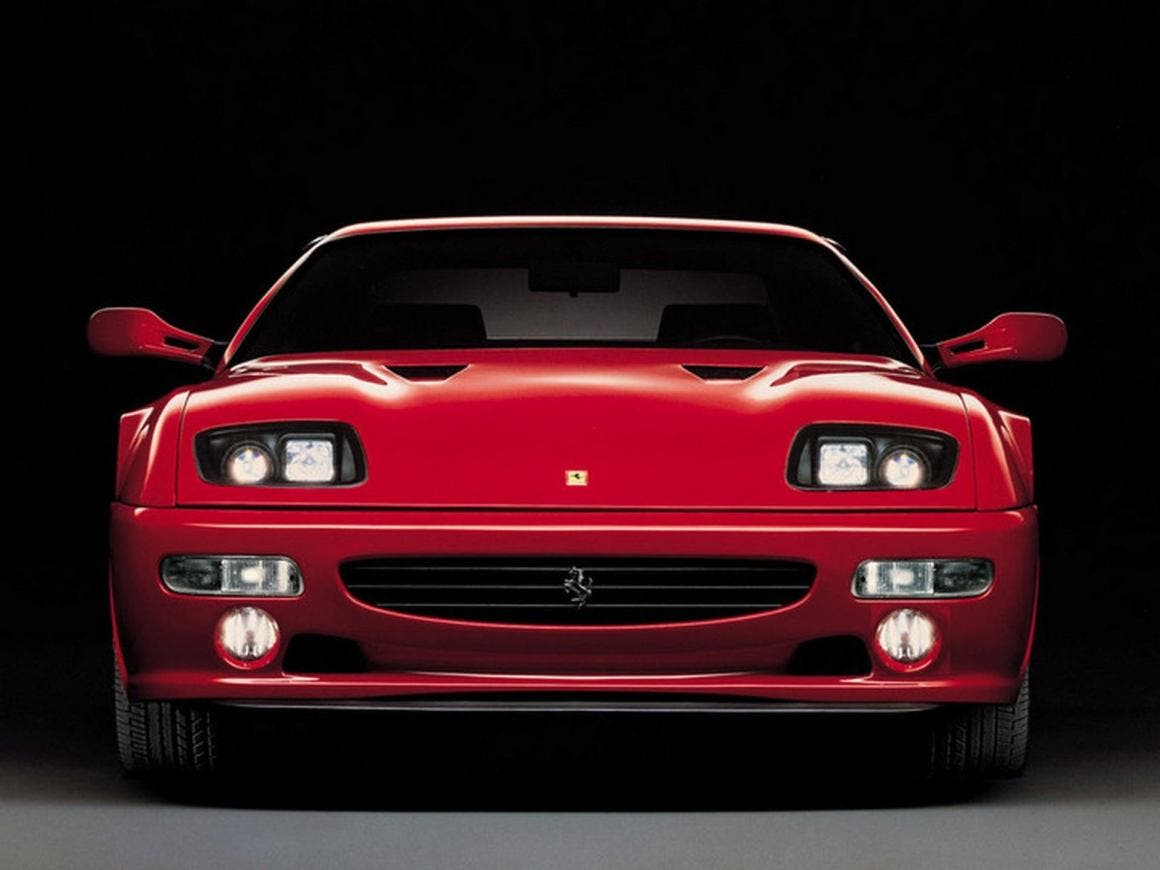The Ferrari F512 M, a mid-engined berlinetta that marked the end of the Testarossa lineage, is about to turn 30. The heir to the Ferrari 512 TR, it refined some technical aspects while retaining the stylistic hand of Pininfarina. The Ferrari F512 M‘s look is less harmonious than that of its predecessors. In an attempt to transplant classic elements and references to the F40, the aesthetics were compromised. It remained, of course, a dream car, capable of turning heads. However, it lost the harmonious purity of the Testarossa and 512 TR.
The Ferrari F512M may be one of the least harmonious cars in terms of design, but its performance is that of a true supercar
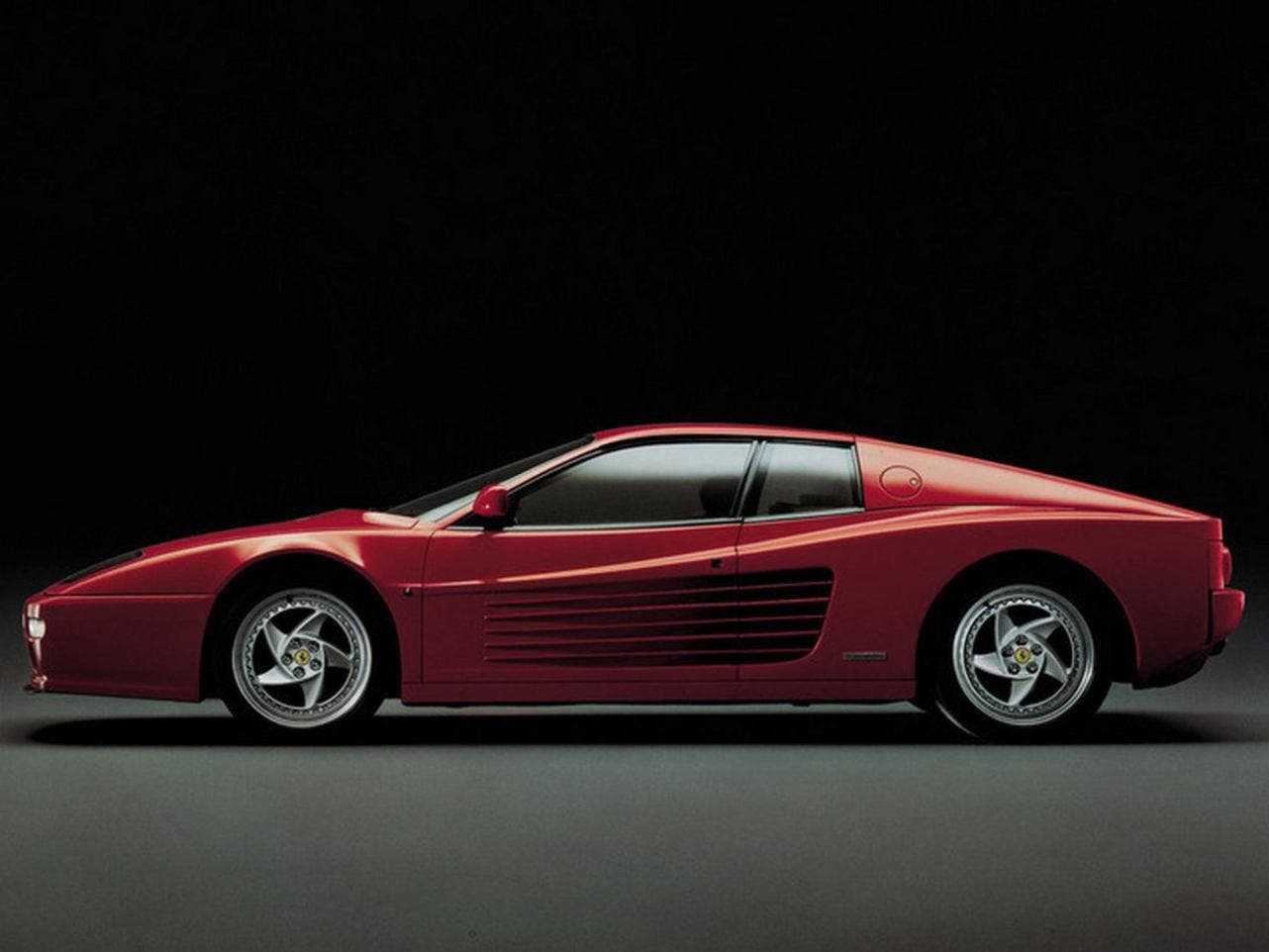
The F512 M is, however, a less beautiful car than the lineage to which it belonged. The redesigned front end featured new bumpers and headlights, which were no longer retractable but fixed and covered in plexiglass. The hood was reshaped, with a more undulating profile and NACA air intakes. Significant changes were also made to the rear end for this model, with dual tail lights replacing the rectangular ones and the elimination of the upper black strips that gave so much character to the previous styling. The engine hood became monochromatic and helical modular wheels were chosen, although they were not perfectly in tune with the overall graphic design.
The powertrain was modified in detail, increasing the power of the 5-liter V12 to 440 horsepower, compared to 428 for the 512 TR and 390 for the Testarossa. Performance was slightly better than its predecessor, with 0-100 km/h acceleration in 4.7 seconds and a top speed of 315 km/h.
Despite being the least beautiful of the series, the Ferrari F512 M is the rarest of the Testarossa lineage, with only 501 units produced. This has a positive impact on market prices. The few pieces produced and the nature of being the last Ferrari model powered by a 180-degree V12 engine, positioned in the rear, make it an appetizing temptation for collectors, who compete for the lots on sale with important bids.
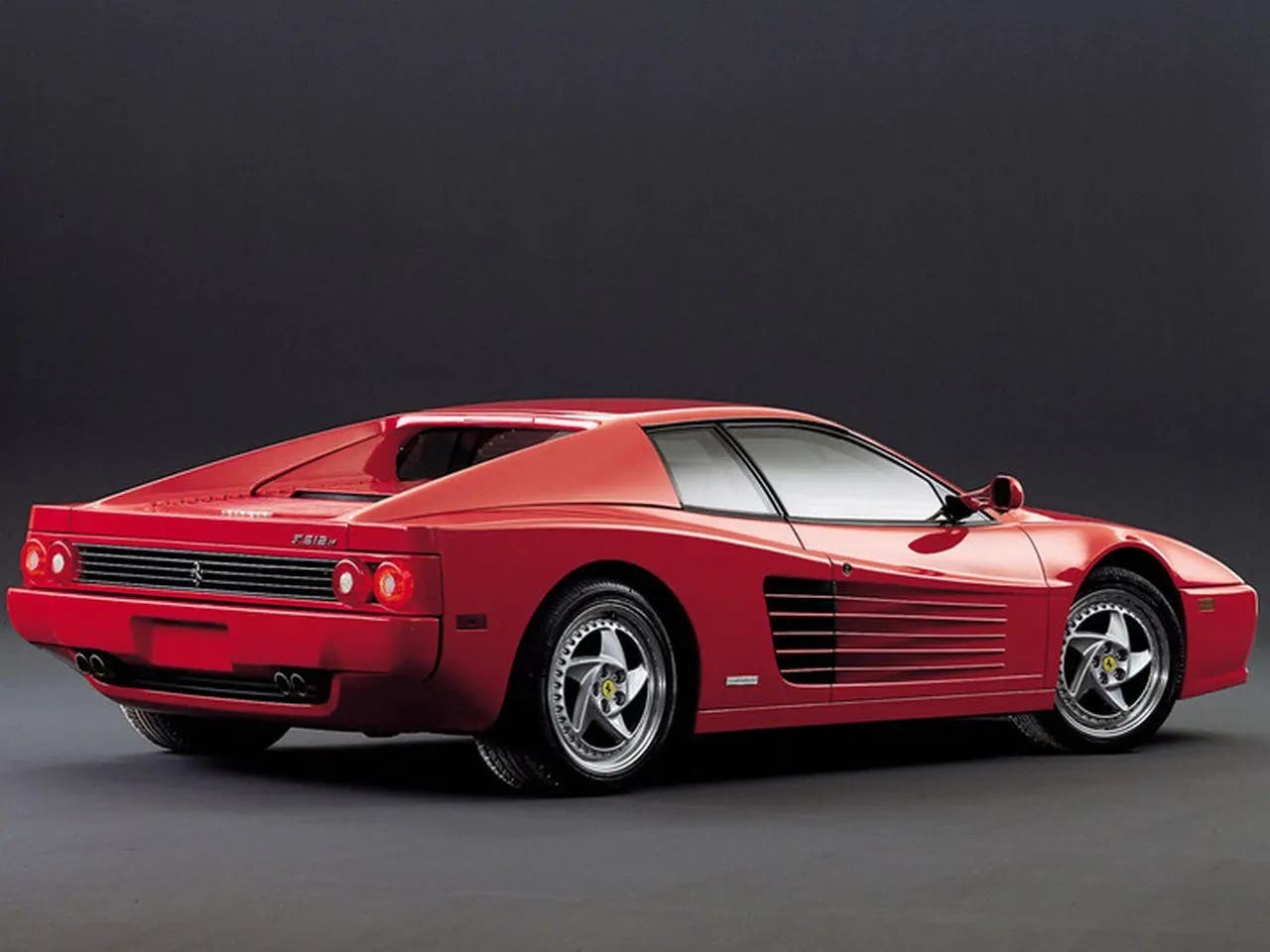
After its exit from the scene in 1996, the 550 Maranello arrived. Returning to the Ferrari F512 M, it was also subjected to a weight reduction process. The weight reduction, quantifiable in about 20 kilograms compared to the 512 TR, further accredited the final letter of the acronym, which stood for Modificata. It would have also been good to say “improved,” but the worsening of the look did not allow this definition to be used, at least in the holistic dimension. The somewhat forced design prevented it from entering the hearts of enthusiasts with the same intensity as its ancestors.

